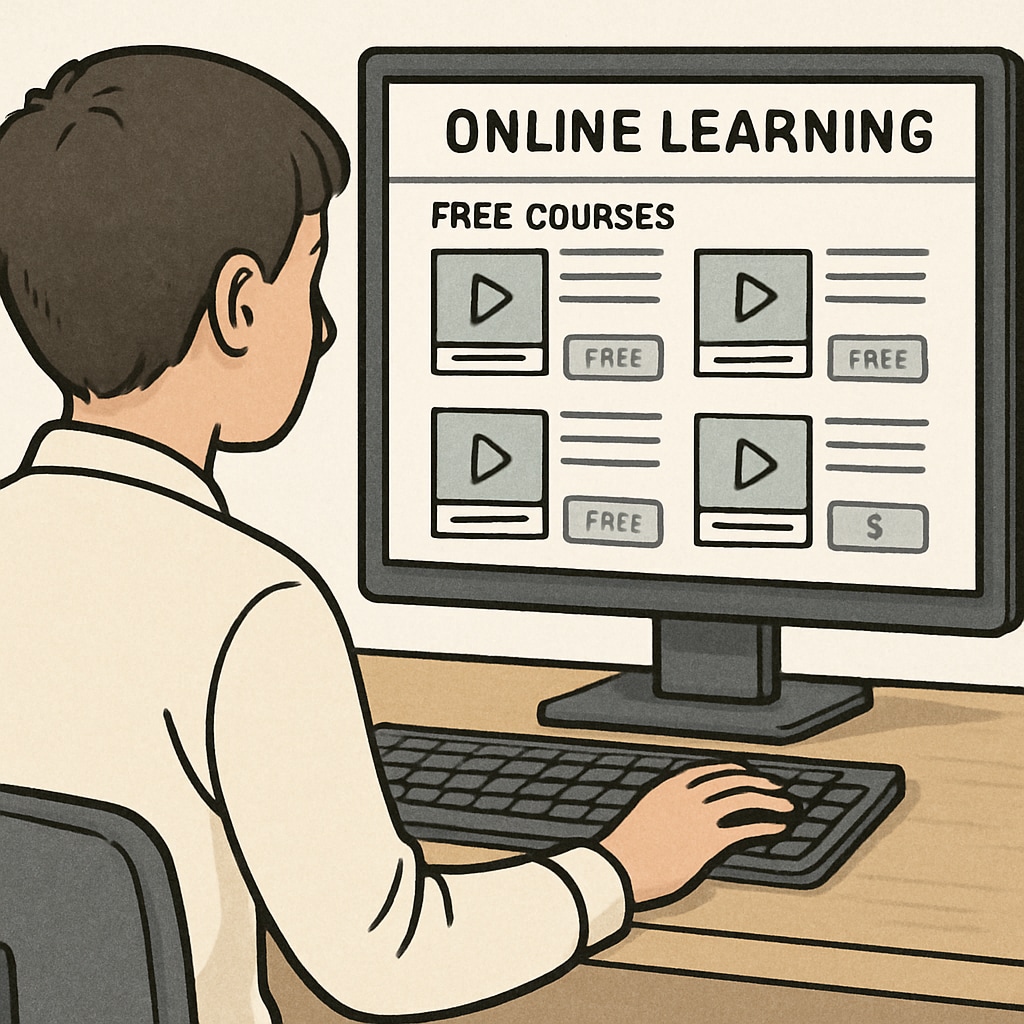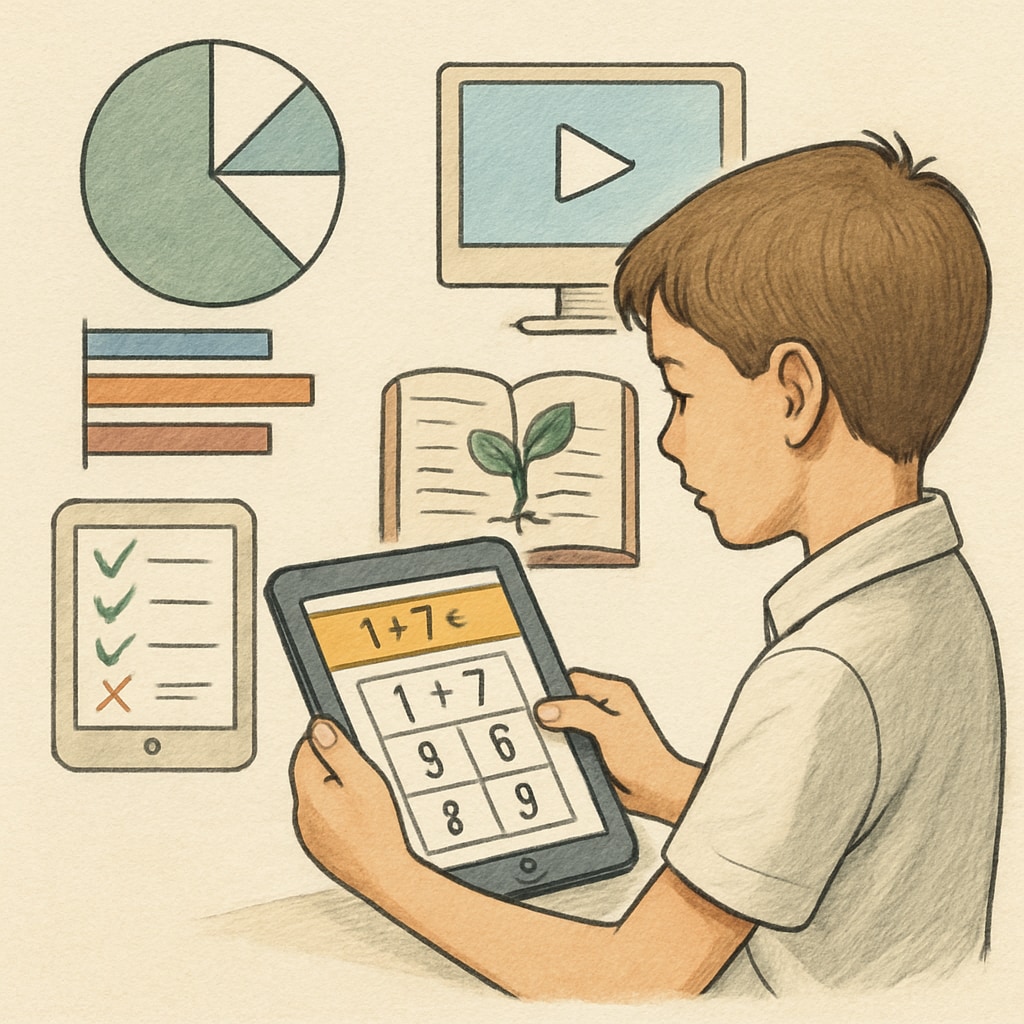In today’s competitive academic environment, high school students often seek external learning resources to supplement their education. Whether aiming to improve grades or prepare for college admissions, exploring various educational courses, external programs, and accessible learning options has become essential. This guide outlines seven effective ways for students to find high-quality external resources that support their academic journey.
1. Online Learning Platforms: Accessible and Affordable Education
Online platforms such as Coursera, Khan Academy, and Udemy offer a wealth of courses tailored to high school students. These platforms cover subjects ranging from mathematics to literature, often providing free or low-cost options. Many also include interactive features like quizzes and forums to enhance learning engagement.
- Khan Academy: A free platform offering comprehensive lessons on various subjects.
- Coursera: Affordable courses taught by university professors on diverse topics.

2. Community Programs: Leveraging Local Educational Resources
Local libraries, community centers, and educational organizations often host workshops, tutoring sessions, and study groups. These programs are usually free or come at a minimal cost, making them accessible to students. For example, many public libraries offer STEM workshops or college prep classes.
3. Private Tutoring: Personalized Education
Private tutoring can provide tailored academic support, especially for subjects where students struggle. Tutors can adapt their teaching methods to individual needs and help students build confidence. While this option may be more costly, it often delivers significant results for students seeking one-on-one guidance.
4. Educational Apps: Learning on the Go
Mobile apps like Quizlet, Duolingo, and Photomath enable students to study effectively anywhere. These apps focus on specific skills, such as language learning or solving math problems, offering convenience and flexibility.

5. Free Online Resources: Exploring Open Educational Content
Websites like OpenStax and EdX provide free learning materials, including textbooks, lecture videos, and practice exercises. These resources allow students to explore subjects deeply without financial barriers, making them ideal for independent learners.
6. Peer Study Groups: Collaborative Learning
Forming or joining peer study groups provides students with opportunities to learn collaboratively. Sharing notes, discussing challenging topics, and preparing for exams together can improve understanding and motivation. Many schools and communities encourage students to create such groups.
7. Affordable Online Courses: High-Quality Learning at Low Cost
Platforms like Skillshare and Udemy offer specialized courses at affordable prices. These courses often focus on advanced topics or niche skills, such as coding, graphic design, or essay writing, helping students develop competencies beyond the school curriculum.
Exploring these seven options allows high school students to supplement their education effectively, gaining access to diverse resources that can improve their academic performance and prepare them for future challenges.
Readability guidance: The article uses concise paragraphs, clear headings, and lists to summarize points effectively. Active voice and transitional words ensure smooth reading flow, while examples and external links add credibility.


